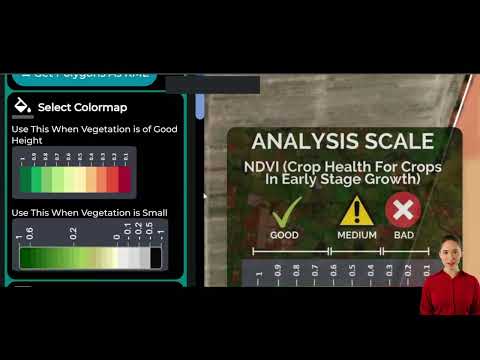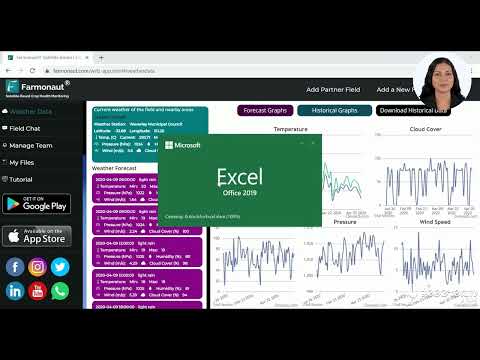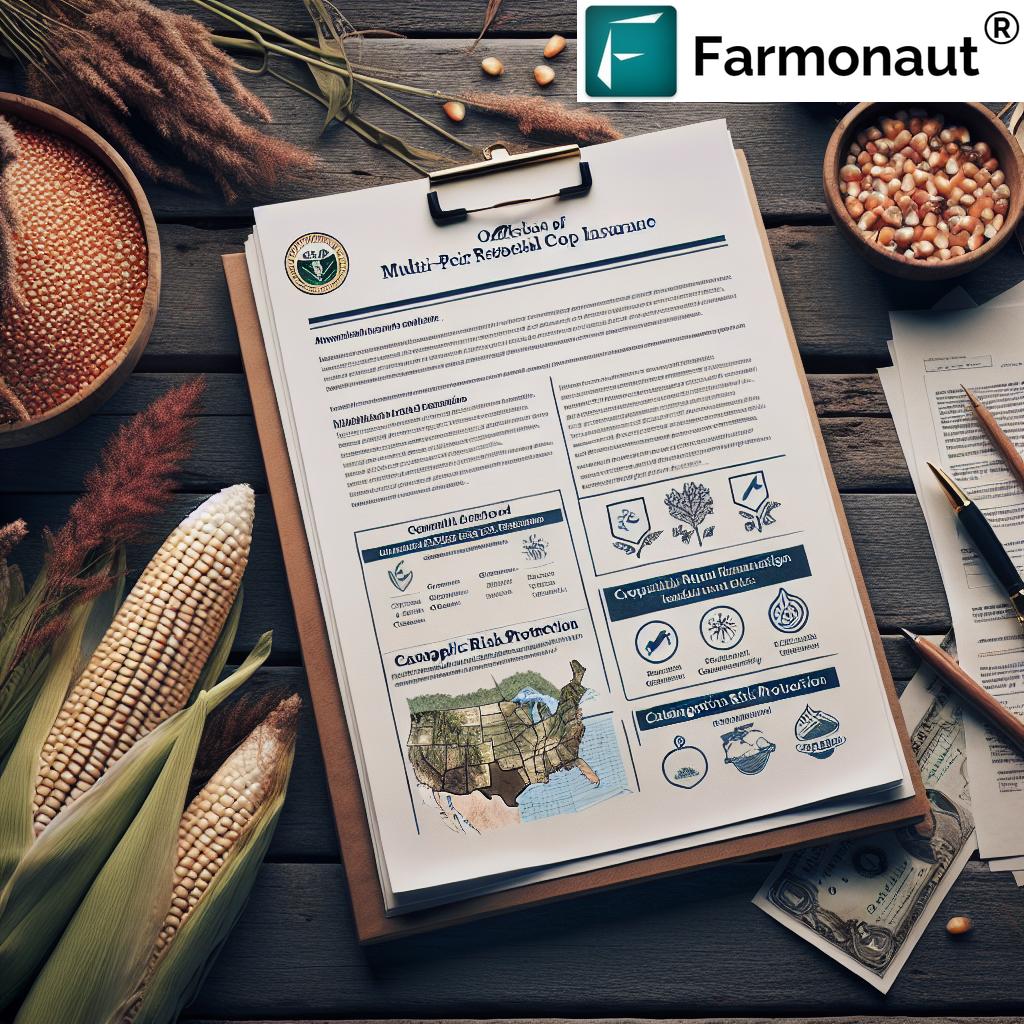Crop Insurance Secrets: Boost US Farmers’ Yields Fast!
“Over 90% of U.S. farmers rely on crop insurance to safeguard against unpredictable weather and natural disasters.”
Introduction: Why Crop Insurance Matters for US Farmers
In today’s dynamic agricultural landscape, crop insurance is not just a financial tool—it’s a lifeline for countless US farmers. Every year, adverse weather conditions, natural disasters, and unforeseen events threaten yields and economic stability. As we cultivate our crops, the risks of drought, flood, hail, and disease remain ever-present. That’s why risk management for farmers is so critical. Crop insurance coverage provides vital financial protection, minimizes the impact of crop failures, and supports the livelihood of rural economies. But what secrets allow America’s agricultural sector to remain resilient and thriving? Let’s uncover the pivotal role of USDA crop insurance, explore different types of crop insurance, and discover how we can boost yields and sustainability for US farmers—fast!
Our unified efforts and the powerful risk management tools provided by the federal crop insurance program (FCIP) are central to promoting stable operations, supporting food security, and encouraging the adoption of sustainable agricultural practices. As agriculture continues to face mounting climate threats, the importance of comprehensive crop insurance coverage, accessible government support, and technological innovation cannot be overstated. From small family farms to vast agribusinesses, understanding and leveraging crop insurance is a secret to resilience and growth.
Types of Crop Insurance Coverage in the United States
Let’s take a comprehensive look at the types of crop insurance available to US farmers. Understanding these options helps us select the right crop insurance policies for our unique needs, thereby maximizing protection and yield potential.
1. Multi-Peril Crop Insurance (MPCI)
The multi-peril crop insurance (MPCI) policy is by far the most common form of crop insurance in the United States. Why? Because it’s comprehensive, covering a wide range of natural perils including drought, flood, hail, and disease. Farmers can insure a percentage of their historical crop production—meaning we aren’t left vulnerable when unexpected conditions arise. MPCI ensures that the financial impact of crop failures is minimized, providing protection for our acres and helping us maintain yield stability.
- Covers multiple perils (adverse weather, pests, disease, and more)
- Insures a specific percentage (typically 50–85%) of historical average production
- Offers both yield and revenue protection options
- Key for supporting food security and rural economies
Keyword focus: multi-peril crop insurance, crop insurance coverage, historical, comprehensive, perils, protection, yield, financial, impact
2. Catastrophic Risk Protection (CAT)
Catastrophic risk protection (CAT) is designed for when the worst happens. This foundational coverage compensates producers if yields drop below 50% of the average historical level. Payouts are made at 55% of the projected market price for the insured crop—helping us weather severe disasters without the burden of high premiums.
- No premium required (only an administrative fee per crop)
- Focuses on disasters like drought, floods, and major weather events
- Supports even the smallest farms who might otherwise forgo insurance
Keyword focus: catastrophic risk protection, average, payment, market, price, administrative, fee, disasters
3. Buy-Up Coverage
Buy-up coverage refers to purchasing additional coverage—beyond CAT—to further protect our investments. Want coverage above the basic level? Buy-up policies allow us to insure higher percentages of average yields or projected revenue. While premiums are higher, they’re partially subsidized by the government, making enhanced protection increasingly accessible.
- Covers a greater portion of your expected yield or revenue
- Premiums are subsidized, making stronger financial protection affordable
- Provides additional peace of mind in volatile seasons
Keyword focus: purchase, buy-up coverage, higher, government, covered, levels, partially, premiums, premium, standard, subsidies
4. Index-Based Insurance
Unlike traditional insurance, index-based insurance links payouts to specific indices (such as rainfall or vegetation health) instead of actual crop losses. This approach is particularly useful in regions where assessing individual losses is difficult or where many small farms are scattered over wide areas.
- Ties protection to objective data: rainfall levels, NDVI, or other measurable indices
- Reduces verification time and administrative costs
- Ideal for diversified or specialty crops in challenging locations
Keyword focus: index-based insurance, payouts, indices, rainfall, vegetation, specific, regions, challenging, individual, assessment, particularly, useful
Government Programs Supporting Crop Insurance
With so many variables affecting crop production, robust government programs and support form the backbone of America’s agricultural risk management system. Let’s examine key initiatives from the U.S. Department of Agriculture (USDA) designed to expand crop insurance coverage, support sustainable practices, and provide timely assistance.
Noninsured Crop Disaster Assistance Program (NAP)
Not all crops are eligible for standard insurance policies. That’s where the Noninsured Crop Disaster Assistance Program (NAP) steps in—providing financial assistance for producers of specialty or diversified crops who experience significant losses due to natural disasters. Instead of leaving those crops vulnerable, NAP extends vital support.
- Covers non-standard or regionally unique crops
- Assists with losses from natural disasters when insurance isn’t available
- Sustains small-scale and specialty crop producers
Keyword focus: nap, assistance, disaster, financial, program, diversified, specialty, crops
Supplemental Coverage Option (SCO)
The Supplemental Coverage Option (SCO) was established under the Agricultural Act of 2014. This program allows us to supplement regular crop insurance policies by providing additional coverage over a part of our deductible. SCO policies are tailored on an area basis, making payouts based on the average performance in our county or region.
- Covers losses not included in standard crop insurance policies
- Area-based calculation for added protection
- Especially important for corn, soybean, wheat, and other staple crops
Keyword focus: sco, supplemental, option, coverage, additional, area, region, standard, deductible
Enhanced Coverage Option (ECO)
First offered for the 2021 crop year, the Enhanced Coverage Option (ECO) provides even greater protection for smaller losses—specifically those between 86% and 95% of our expected yield. This option ensures we have a safety net during moderately adverse weather or market scenarios, instead of only protecting against extreme disasters.
- Fills the gap between existing coverage and total revenue expectations
- Offers peace of mind for high-value or tight-margin operations
- Backed by federal subsidies for affordability
Keyword focus: eco, offering, enhanced, coverage, additional, losses, standard, expected, yield
“Crop insurance protected over 380 million acres of American farmland in 2023, promoting sustainable agriculture nationwide.”
USDA Innovations: RMA and Good Farming Practices
The USDA’s Risk Management Agency (RMA) constantly updates crop insurance policies to meet evolving challenges. Recent reforms recognize the importance of conservation practices. By updating the Good Farming Practices handbook to include all NRCS conservation standards, the RMA now supports sustainable agriculture and ensures insurance coverage isn’t jeopardized by climate-smart techniques such as cover cropping, intercropping, or no-till farming.
- Encourages adoption of sustainable, environmentally friendly farming practices
- Protects policy eligibility during conservation innovation
- Permanent flexibility in prevented planting rules (e.g., hay or graze cover crops and still receive full payment)
Discover how real-time satellite crop health monitoring supports USDA crop insurance efforts and beyond. Try the Farmonaut Crop Health Monitoring Platform today!
Comparative Benefits of Crop Insurance for US Farmers
How does crop insurance directly impact the sustainability, risk management, and profitability of our agricultural operations? The following table distills critical benefits for US farmers, comparing estimated yield, loss mitigation, and environmental impacts.
| Insurance Benefit Type | Estimated Yield Increase (%) | Potential Financial Loss Mitigation ($/acre) | Environmental Impact |
|---|---|---|---|
| Yield Stability & Production Consistency | 8–12% | $45–$120/acre | Promotes soil health by enabling long-term planning |
| Financial Protection from Disasters | 10–18% | $55–$250/acre | Reduces forced land conversion after disasters |
| Disaster Recovery & Support for Rural Economies | 5–8% | $30–$70/acre | Ensures community resilience, avoids land abandonment |
| Support for Sustainable Farming Practices | 3–7% | $20–$50/acre | Encourages conservation, reduces over-application of chemicals |
Key Takeaways:
- Yield Stability: Crop insurance allows us to plan confidently, adopt innovative practices, and avoid extreme reactions to a single poor season.
- Financial Protection for Farmers: The direct loss mitigation ensures we don’t risk bankruptcy or forced sale after disasters.
- Disaster Recovery: Payments help us recover, rebuild, and keep our rural communities vibrant and sustainable.
- Supporting Conservation: Modern policies now reward environmentally beneficial choices, closing the loop between profitability and sustainability.
Challenges and Reforms in US Crop Insurance
While the US model of crop insurance has set a high standard for global agricultural resilience, several challenges and reforms are underway to ensure every producer—including smallholders and diversified farmers—has equitable access to risk management tools.
Limited Access for Specialty and Diversified Crops
The majority of crop insurance policies focus on major commodities like corn, wheat, and soybeans. However, many specialty crop (e.g., fruits, nuts, vegetables) and diversified crop producers find coverage options limited or unavailable outside certain regions. This challenge forces some innovative or niche growers to operate without a safety net—restricting the overall sustainability and profitability of American agriculture.
- USDA’s NAP program helps fill these gaps, but further reforms are needed for inclusivity and support for all types of production.
Barriers to Conservation and Sustainable Practices
Historically, Good Farming Practices standards meant we risked losing coverage if we implemented non-traditional or climate-smart methods (such as cover cropping, no-till, or inter-planting). These requirements discouraged the adoption of practices aimed at sustainability.
- Recent updates by RMA recognize all NRCS conservation practices as eligible—an essential reform for climate adaptation and environmental stewardship.
- Permanent flexibility allows us to hay, graze, or chop cover crops and still receive full prevented planting payments, supporting both grain and livestock operations.
Advancing Crop Insurance through Technology
As we pursue greater risk management for farmers and improved crop insurance coverage, technology innovation is key. Satellite imagery, AI-driven analytics, and blockchain-enabled traceability offer precision, transparency, and efficiency. These tools help us and insurers assess risks more accurately, process claims more quickly, and track on-farm conservation practices for compliance and sustainability incentives.
- Satellite Crop Health Monitoring: Using NDVI and other indices, satellites provide real-time insight into vegetation health, drought stress, and pest hotspots—helping us target interventions and demonstrate good management for insurance purposes.
- AI-Based Advisory: Personalized risk alerts and best practices are now available through platforms powered by machine learning, ensuring we act on the latest scientific knowledge.
- Blockchain Traceability: End-to-end transparency enhances trust in our supply chain—particularly vital for specialty crop premiums and organic certifications.
- Remote Loss Assessment: Remote sensing enables insurers to process claims quickly, reducing disputes and making payments faster after natural disasters.
Developers and agribusinesses can leverage Farmonaut’s Satellite and Weather Data API (docs here) to deliver instant insight for insurance underwriting, precision irrigation, and crop monitoring at any scale.
Farmonaut’s Role in Sustainable Farm Management
At Farmonaut, our mission is to empower farmers and promote environmental sustainability by bridging the gap between advanced technology and accessible, actionable data. Here’s how we support the principles and promise of crop insurance for natural disasters and comprehensive sustainable agriculture:
- Real-Time Crop Health Monitoring: Leverage satellite-based NDVI and climate data to detect stress, pest outbreaks, or irrigation needs, giving us actionable intelligence and supporting documentation for insurance claims.
- AI-Based Advisory with Jeevn AI: Receive farm-specific best practices and warnings to reduce losses, adapt to changing conditions, and maximize yield.
-
Blockchain Traceability Solutions: Securely document every input, farming event, and supply chain step—from seeding to harvest to market. Being able to demonstrate compliant, sustainable practices creates new opportunities and premium markets.
Explore our Product Traceability Solution and boost buyer trust! -
Carbon Footprint Tracking: Monitor, report, and optimize your farm’s environmental impact—aligning your operations with modern sustainability requirements and qualifying for carbon/incentive programs.
Read about Farmonaut’s Carbon Footprinting Tools for sustainable farming. -
Fleet & Resource Management: Use our integrated platform for efficient vehicle and workforce deployment—essential for large, insured farms coordinating disaster response or seasonal workflows.
Discover our Fleet Management capabilities. -
Large Scale & Diversified Management: Administrators of big operations or cooperatives can oversee thousands of acres—tailoring insurance and risk management strategies to every plot.
Learn more about the Agro Admin App for precision field mapping and planning.
Why choose modern digital management? Satellite, AI, and blockchain technologies not only enhance the effectiveness of crop insurance but also give us real-time leverage to respond to weather and market uncertainty—reducing losses and boosting earnings, year after year.
Global Perspectives: Crop Insurance Beyond US Borders
While the United States leads with a robust federal crop insurance program, other nations are rapidly expanding coverage as part of their food security and climate adaptation strategies. For example, India’s Pradhan Mantri Fasal Bima Yojana (PMFBY) provides comprehensive insurance for crop failures induced by natural calamities, pests, and diseases. The aim: reduce premium burdens and facilitate swift settlements, echoing the core objectives of American insurance tools.
- Worldwide, crop insurance is seen as a critical risk management tool for both smallholder and commercial farmers.
- Technological innovation (remote sensing, weather-based indices, mobile apps) is improving the equity and reach of these systems.
- International mechanisms increasingly tie insurance coverage to the implementation of sustainable farming practices.
As global challenges mount, the lessons and reforms forged in the US offer powerful insights for every nation seeking to safeguard agriculture against mounting weather risks and ensure long-term food security.
Begin your journey toward comprehensive risk management—get started with Farmonaut’s crop health monitoring and advisory platform.
Frequently Asked Questions (FAQ) on Crop Insurance
What is the most common type of crop insurance in the United States?
The multi-peril crop insurance (MPCI) policy is the most widely used. It covers a range of perils, allowing us to insure a set percentage of our historical yield—offering robust protection against weather and other risks.
Who administers the federal crop insurance program?
The U.S. Department of Agriculture (USDA), through its Risk Management Agency (RMA), administers the federal crop insurance program, ensuring farmers have access to affordable and effective coverage.
How does crop insurance support sustainability?
By providing stable revenue streams, crop insurance enables us to invest in long-term, climate-smart, and sustainable farming practices without fear of financial ruin after a bad season. Recent reforms even recognize conservation practices as good farming practices within insurance standards.
Are there crop insurance options for specialty and diversified crop producers?
Specialty and diversified crop growers can rely on programs like NAP, while persistent reforms aim to broaden access. Satellite-based documentation is also simplifying the process for emerging markets and regions formerly left out.
How does technology improve or complement crop insurance?
Advanced technology—satellite monitoring, AI advisories, and blockchain traceability—makes risk management more precise, efficient, and transparent. It reduces fraud, hastens claims, and documents compliance with insurance and sustainability requirements.
Conclusion: Empowering Farmers for a Stable, Sustainable Future
Crop insurance is a critical tool for risk management, financial protection, and the long-term stability of US agriculture. From the familiar fields of the Midwest to specialty orchards and diversified farms nationwide, crop insurance coverage shields us from the impact of natural disasters, adverse weather, and unforeseen events. Through continuous government programs and innovative sustainability-focused reforms, we’re bridging the gap to a resilient, prosperous, and environmentally sound agricultural future.
Let’s harness the full power of USDA crop insurance, digital platforms, and conservation incentives to safeguard our yields, secure our food supply, and boost our rural economies. Together, we can ensure American farming remains not just viable, but visionary.
Start optimizing your farm’s performance—with accurate, affordable, and actionable insights. Join Farmonaut today and experience the future of informed, sustainable crop management!





















